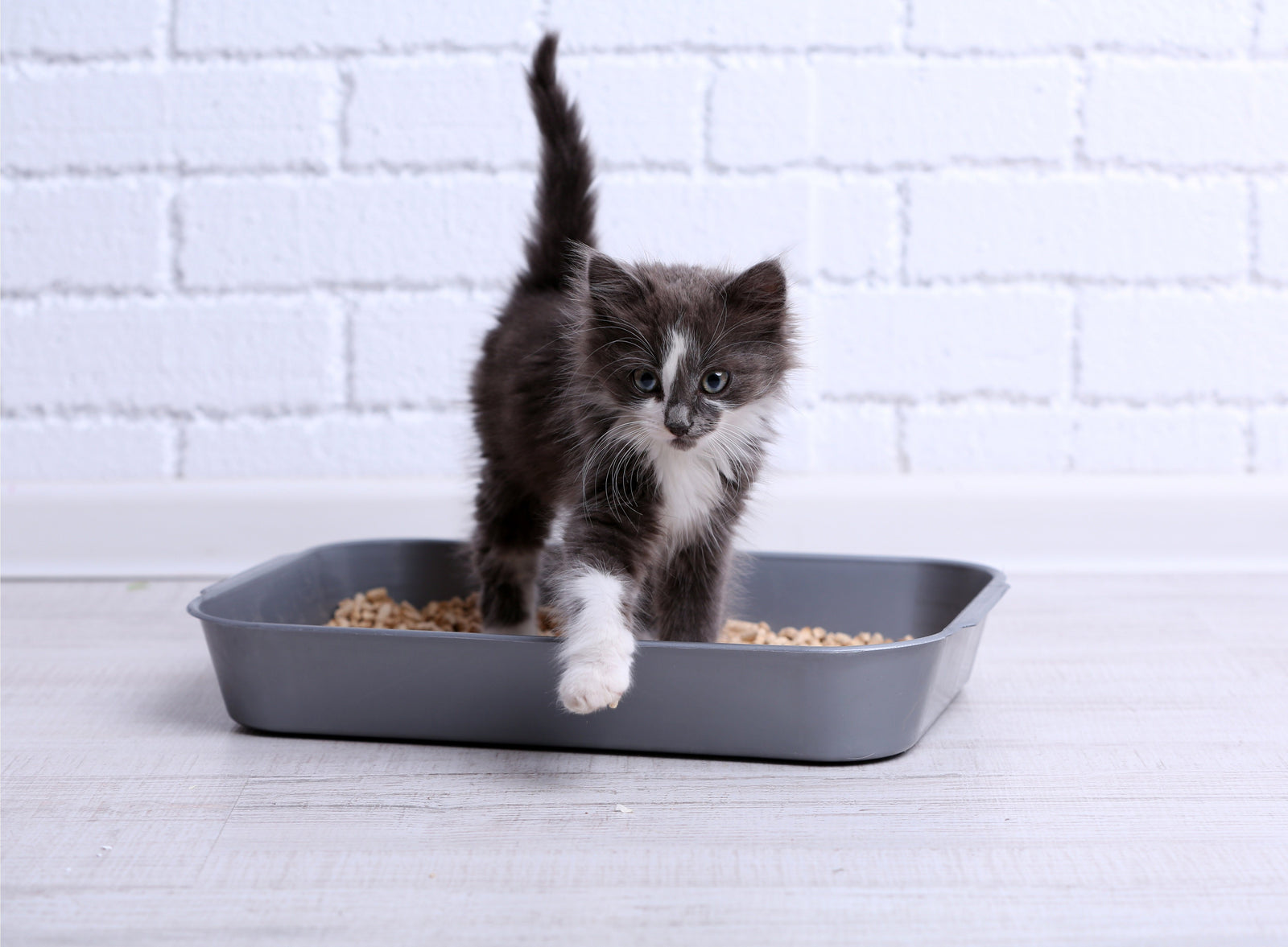
PrettyLitter's special formula makes cleaning your cat’s box a breeze: All that’s left for you to do is scoop the poop! By no longer having to deal with stinky, dusty, heavy litter, you may have instead started to focus on how well your fur babies cover up their poops. How fastidious are your cats about taking care of their feces? We’ve put together a few categories to help you evaluate your feline friends.
Many of our cat’s behaviors -- including covering their poops - are rooted in instinct. But being the wonderfully complex and creative individual they are, they bring their own flair to even this most basic activity. To help you identify your cat’s post-poop process, the PrettyLitter team conducted hours of painstaking observational research and developed a list of the most common approaches.
But before we delve into our findings, we need to start with a bigger question: Why do cats worry so much about covering up?

Wild cats hold a complicated position in their environment, as both predators and prey. Giant cats such as lions and tigers often leave their excrement out in the open, a signal they are competing for new territory or exerting their dominance over an existing domain. Cats that contend with threats like coyotes must cover up anything that gives away their location, and this means meticulously burying their feces.
But how does this explain the actions of the house cat, who often leaves the job half done? House cats face few predators (except for an occasional vacuum cleaner) and don’t have to worry about the consequences of showing off a bit.
Some argue that our fur babies hide their feces in deference to us, their human pet parent, who they view as the dominant "cats" in the home. This theory is rejected by many experts but would be particularly ironic, given that it’s us cat parents who end up scooping the poop!
Others have simpler explanations. While evolution explains our cats’ instinctive need to cover their poops, education explains why some are more adept than others at actually getting the job done. When a kitten is separated from its family too young, and misses out on these lessons from mom, they may have to improvise.
The Post-Poop Process

PrettyLitter’s research revealed a number of common approaches, from Diligent Diggers to Careless Kittens:
The Diligent Digger
These cats don’t give up until the job is done, and done right.After taking care of their business, these poop professionals cover the area with a neat layer of litter, working as long as needed toperfect their work. They do expect praise and respect for their efforts.
The Creative Cat
Some cats bring post-poop pizzazz to the task, dramatically scratching at the sides of the litter box, the walls, and even the air. These cats often have little to show for their efforts -- except for the amused or baffled looks on the faces of their pet parent, who appreciate their fur baby’s attitude, while usually overlooking their lack of skill.
The Team Player
These cats know that more paws make for easier working, and they coordinate with their fellow felines to take care of business fast and efficiently.
The Careless Kitten
Some cats, especially the young, simply don’t have the time or patience to worry about covering poops. They have better thingss to do! These kittens may give the litter a quick swipe as they head out of the box at a high speed, ready to join into whatever activity they were missing.
The Happy Hunter
Your cat views the litter scooping process as a game, with you as the hunter and the treasure as the poop. Every day, the “prize” is carefully placed in a different part of the box, and as you search around, your cat looks on with pride!
Tell Us
Here at PrettyLitter, we take our cats' elimination experience very seriously. Please let us know if we missed any crucial poop-covering categories. We’d also love to hear or see a video of your fur baby’s unique technique. In addition, how would you score your cat in terms of success, efficiency, and creativity?



Follow Us